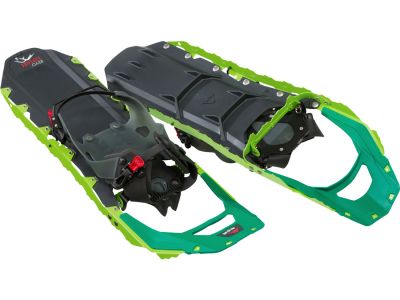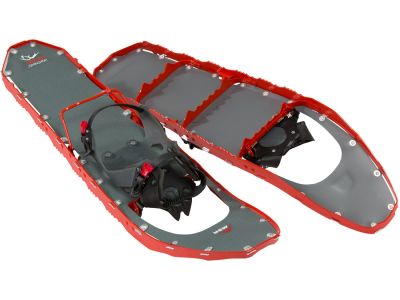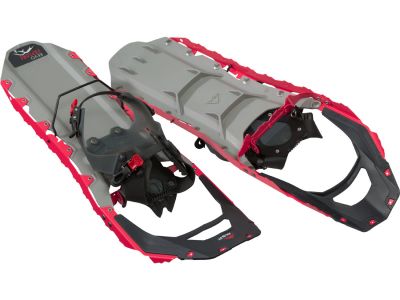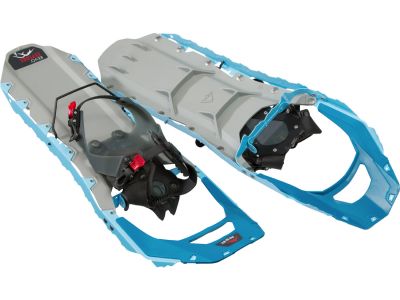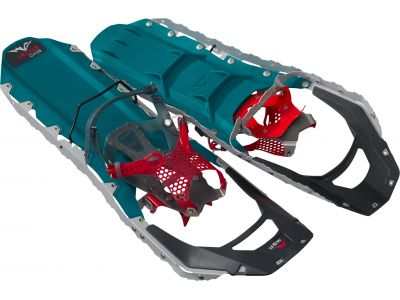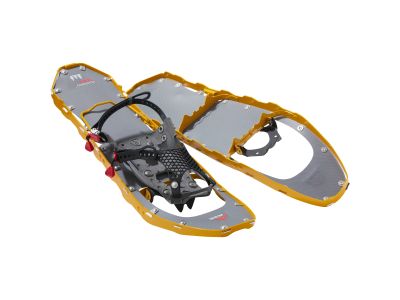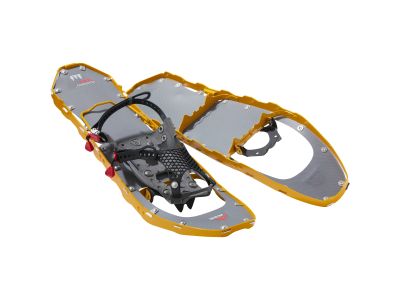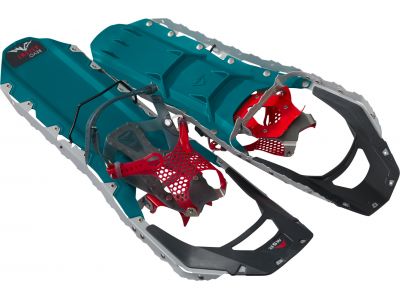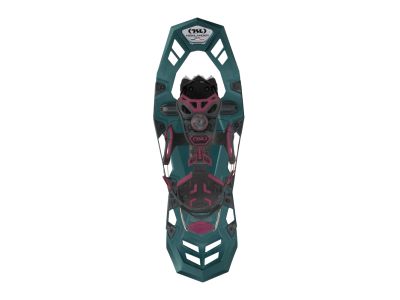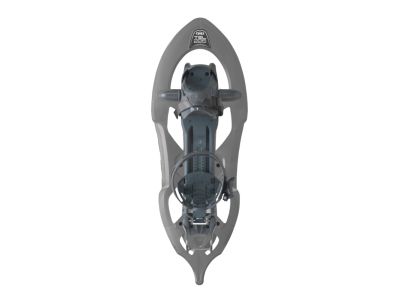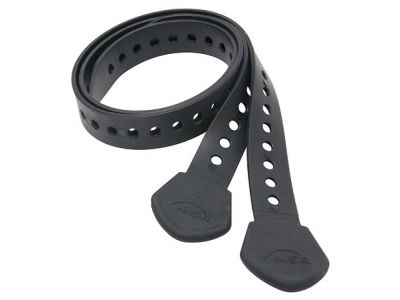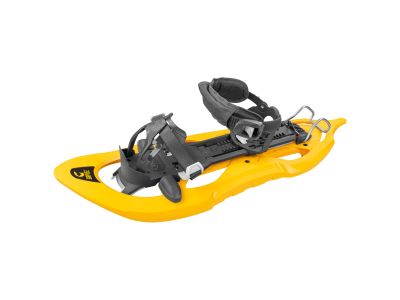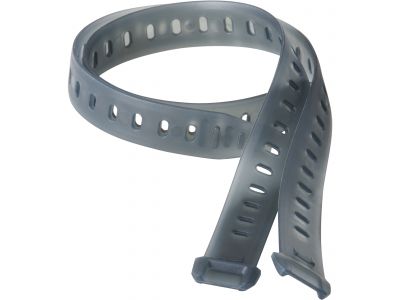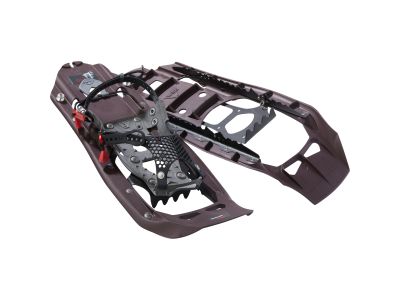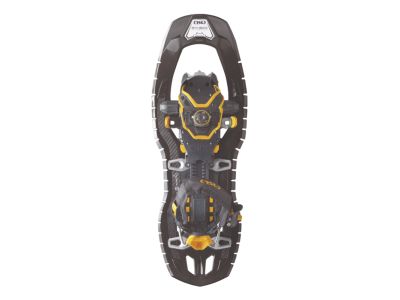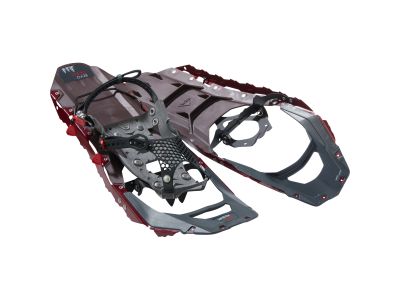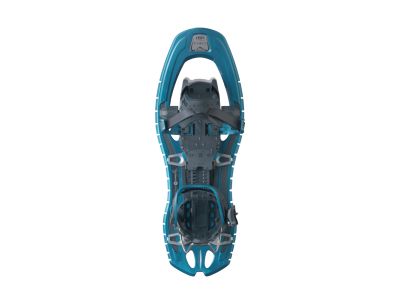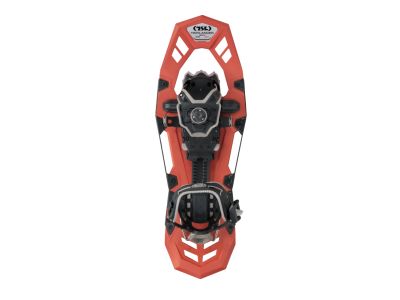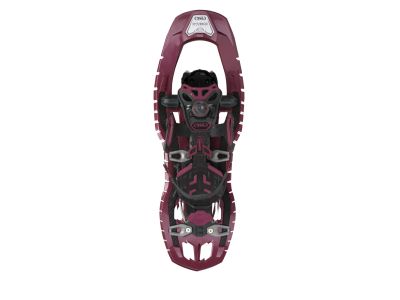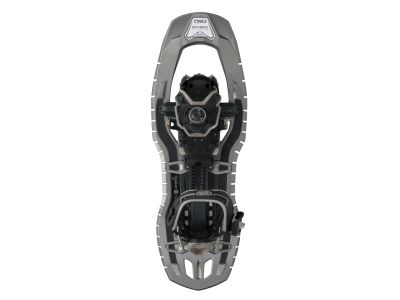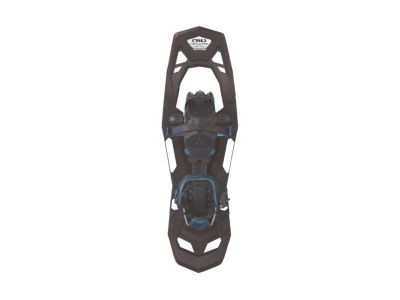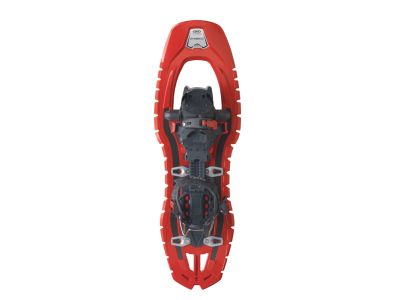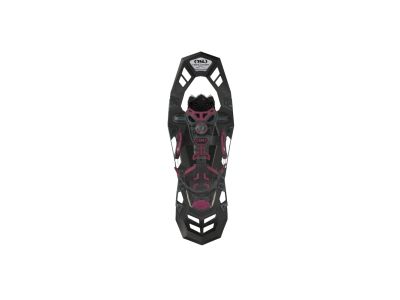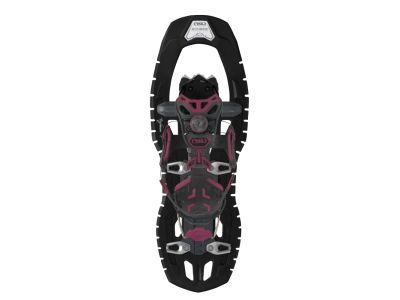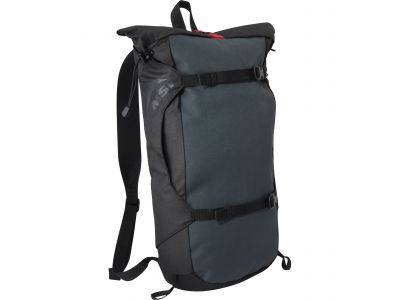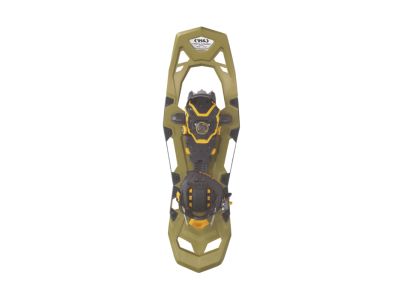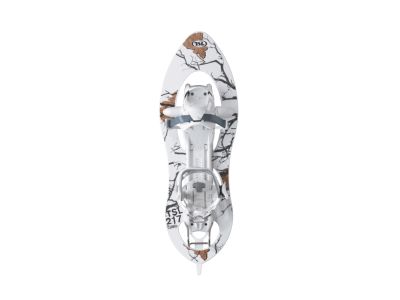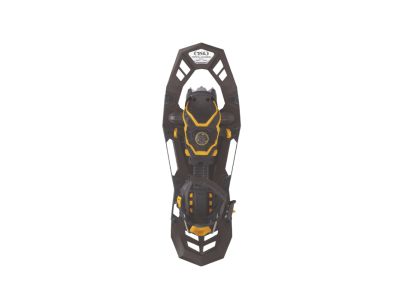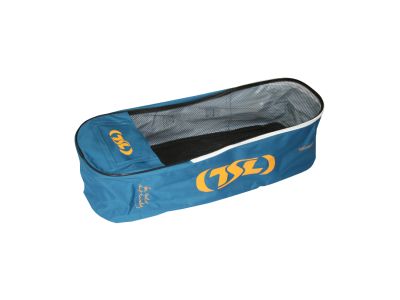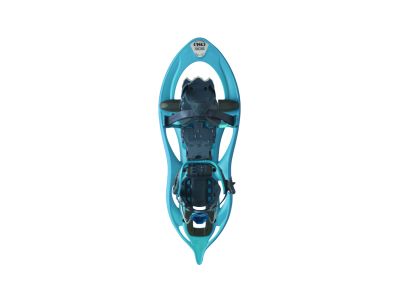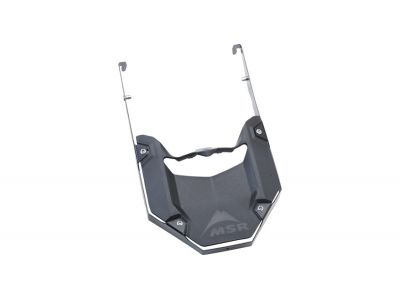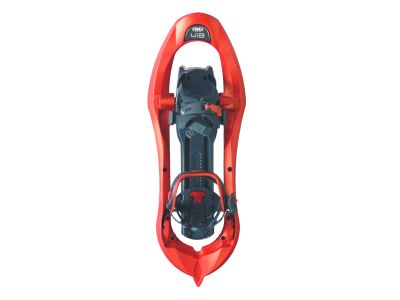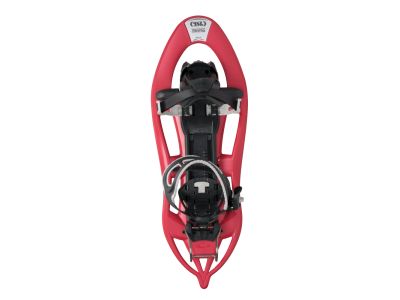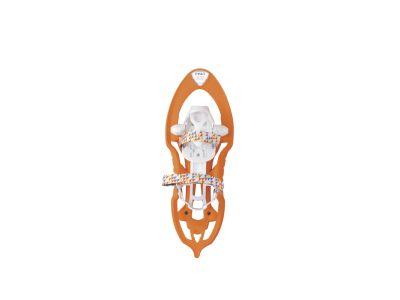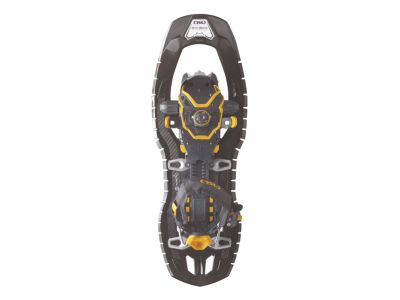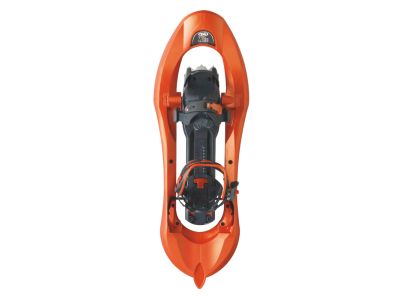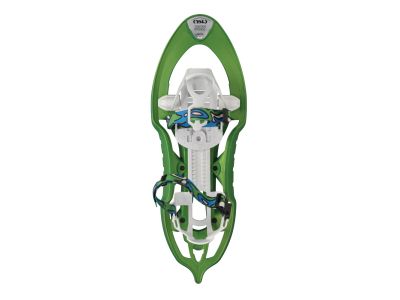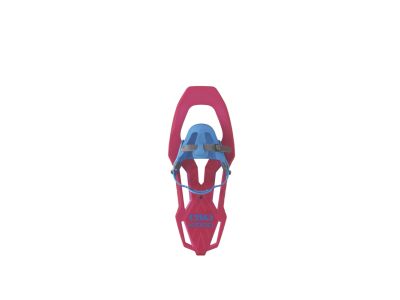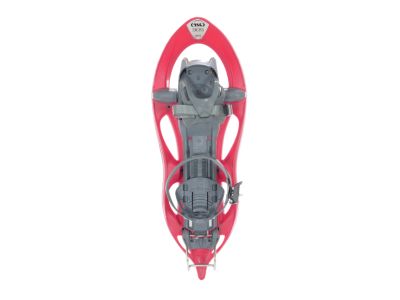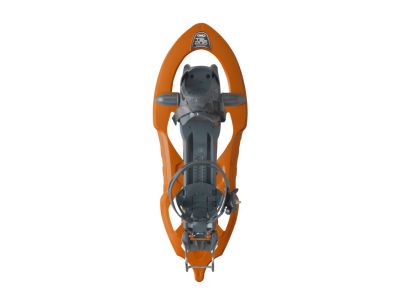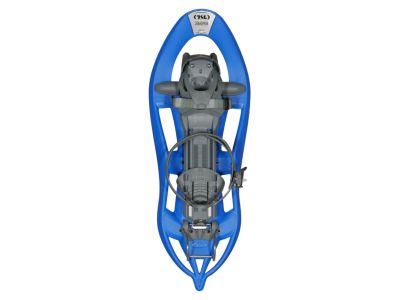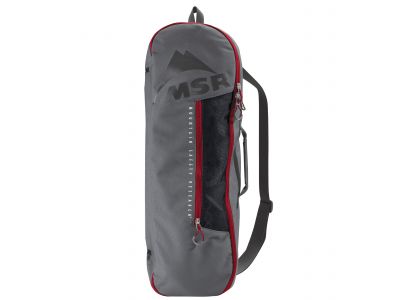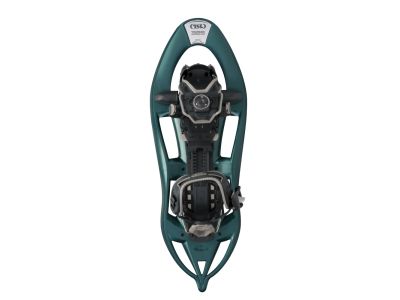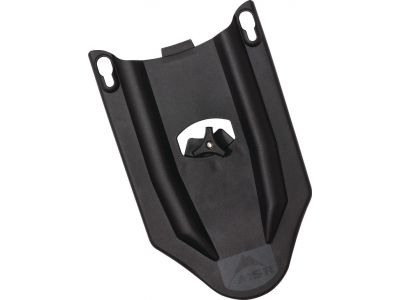Snowshoeing is a popular winter recreational activity that allows for easy passage through deep snow. Snowshoes are shoe extensions that distribute a person's weight over a larger area and prevent them from sinking into the snow. Over the years, they have evolved, and today there are different types of snowshoes available to suit different needs and terrain.
What types of snowshoes are there?
Snowshoes can be divided into these basic types:
- Traditional snowshoes: These are classic wooden snowshoes that have been used for centuries. They are durable, have a rustic look, and are suitable for all types of snow conditions.
- Modern snowshoes: Made of lightweight materials such as aluminium or composite materials, they often have metal spikes and a binding system that provides excellent traction and stability on icy or steep terrain.
- Snowshoes for demanding terrain: These snowshoes are designed for more demanding terrain, have a larger surface area and more aggressive tips. They are ideal for terrain and steep mountain environments.
- Cross-country snowshoes: These snowshoes are specifically designed for running or racing on snowy trails. They are lightweight, have a smaller surface area, and allow for faster strides.
How to choose hiking snowshoes?
There are several factors to consider when choosing snowshoes:
- Terrain: Determine the type of terrain you will be snowshoeing in. Different snowshoes are designed for specific conditions, so choose accordingly.
- Weight: Consider your weight and the gear you will be carrying. Make sure the snowshoes can comfortably support your weight plus any additional cargo.
- Lacing system: Look for a lacing system that is easy to use, adjustable, and secure. It should be adjusted to the type of shoe you will be wearing.
- Grip: Check that the snowshoes are equipped with ratchets and traction systems. Consider the type and depth of snow you will encounter to ensure that the snowshoes provide adequate grip.
What are the main benefits of snowshoeing?
The main benefits of snowshoeing include:
- Fitness: Snowshoeing is a great cardiovascular workout that engages various muscle groups, including the legs, core, and upper body.
- Low impact: Unlike running or hiking on hard surfaces, snowshoeing is a low-impact activity that puts less strain on the joints.
- Simplicity: Snowshoeing can be enjoyed by people of all ages and fitness levels. It requires minimal equipment and can be done on a variety of terrains.
- Experience nature: Snowshoes allow you to explore the winter landscape and enjoy the peace of snowy forests or mountains.
How do I determine the correct size of snowshoes?
To determine the right size for your snowshoes, consider your weight (including any gear you'll be carrying) and the type of snow conditions you'll encounter. Most snowshoe manufacturers provide weight recommendations for each size of snowshoe they offer. It's also a good idea to try on different sizes and walk around to make sure you're comfortable.
Are there different snowshoe bindings for different types of footwear?
Yes, there are different types of bindings available for different types of footwear. Some snowshoes have universal bindings that can work with most types of boots or shoes. However, if you plan on wearing specific footwear, such as snowboard boots or mountaineering boots, you may need to look for snowshoes with bindings specifically designed for those types of footwear.
